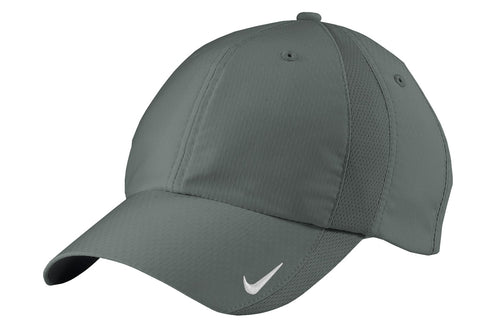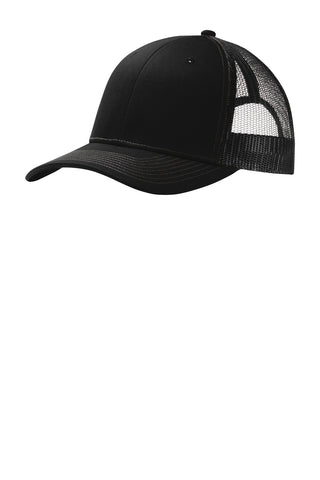When it comes to customizing apparel, choosing the right printing method is crucial. Direct-to-Film (DTF), Screen Printing, and Heat Transfer Vinyl (HTV) are three popular techniques, each with its own set of advantages and ideal use cases. Understanding their differences can help you select the best method for your specific needs.
Direct-to-Film (DTF) Printing with or without glitter finish
Overview: DTF involves printing designs onto a special film, which is then transferred onto fabric using heat and pressure.
-
Versatility: Can be applied to various fabric types, including cotton, polyester, and blends.
-
Detail & Color: Excellent for intricate, multi-color designs with gradients.
-
Durability: Produces long-lasting prints that withstand multiple washes.
-
Efficiency: No need for weeding, making it faster for complex designs
Cons:
-
Initial Investment: Requires specialized equipment and materials.
-
Learning Curve: May take time to master the process and settings
Best For: Small to medium-sized orders requiring high-detail, full-color designs on various fabrics.
Screen Printing
Overview: A traditional method where ink is pushed through a mesh screen onto fabric, one color at a time.
Pros:
-
Cost-Effective for Large Orders: Economical when producing bulk quantities.
-
Vibrant Colors: Delivers bright and opaque colors, especially on dark fabrics.
-
Durability: Creates long-lasting prints that resist fading.
Cons:
-
Setup Time: Each color requires a separate screen, increasing preparation time.
-
Limited Detail: Not ideal for highly detailed or photographic images.
-
Less Efficient for Small Runs: Higher per-unit cost for small quantities.
Best For: Large orders with simple designs and limited color palettes.
Heat Transfer Vinyl (HTV) (glitter vinyl available)
Overview: HTV involves cutting designs from colored vinyl sheets and heat pressing them onto garments. Pros:
-
Accessibility: Requires relatively inexpensive equipment, suitable for beginners.
-
Customization: Ideal for personalized items like names and numbers.
-
Variety: Available in various finishes, including glitter and metallic.
Cons:
-
Labor-Intensive: Involves manual weeding of excess vinyl, which can be time-consuming.
-
Design Limitations: Not suitable for complex or multi-color designs.
-
Durability: May peel or crack over time, especially after multiple washes.
Best For: Small-scale projects, personalized items, and simple designs.
Comparative Summary
| Feature | DTF | Screen Printing | HTV |
|---|---|---|---|
| Detail & Color | High | Moderate | Low |
| Durability | High | High | Moderate |
| Cost Efficiency | Moderate (small runs) but can be done in small minimum amounts | High (large runs) Best if done in 12 or more pieces, 25 is better | Moderate (small runs) but can be done in small minimum amounts |
| Setup Time | Low | High | Moderate |
| Best For | Detailed, multi-color designs | Bulk orders with simple designs | Personalized, simple designs |
🏁 Conclusion
Selecting the appropriate printing method depends on your specific project requirements:
-
Choose DTF for detailed, multi-color designs on various fabrics, especially for small to medium-sized orders.
-
Opt for Screen Printing when producing large quantities of simple designs with limited colors.
-
Use HTV for personalized items and simple designs, particularly when starting out or working on small projects.
By understanding the strengths and limitations of each method, you can make informed decisions that best suit your custom apparel needs.



